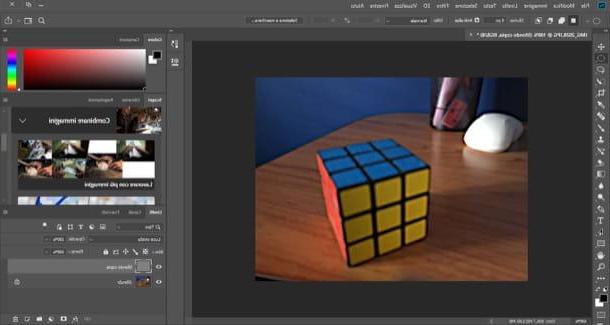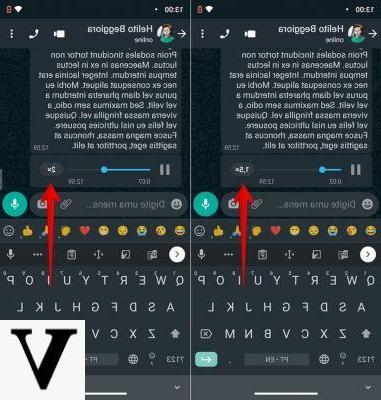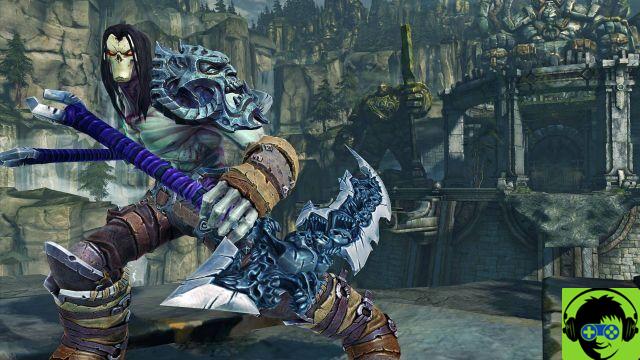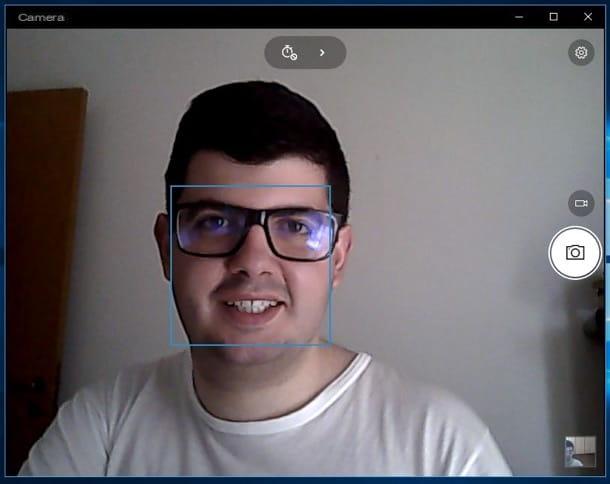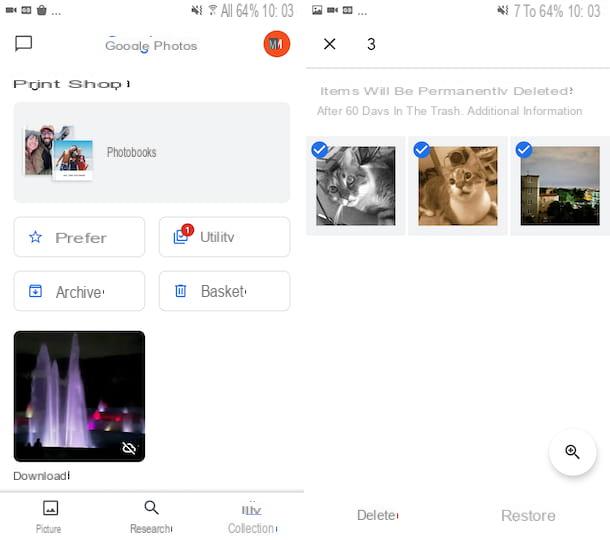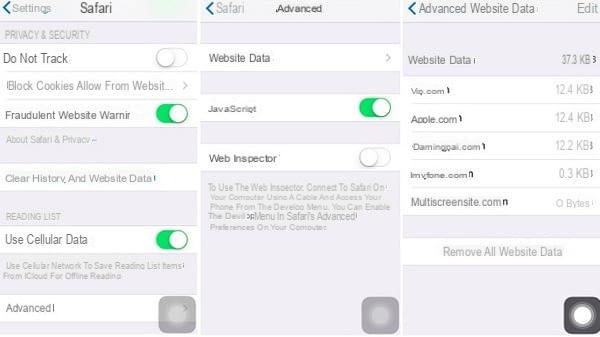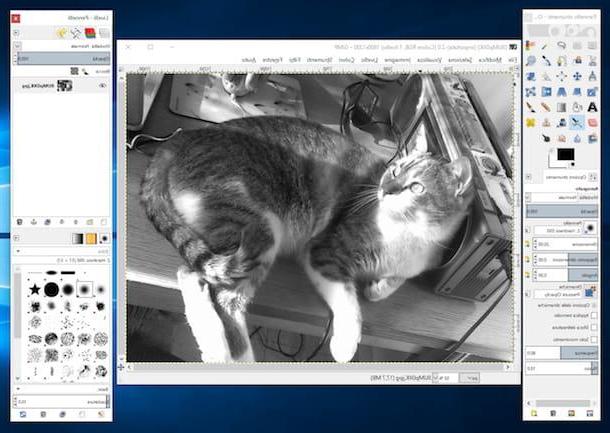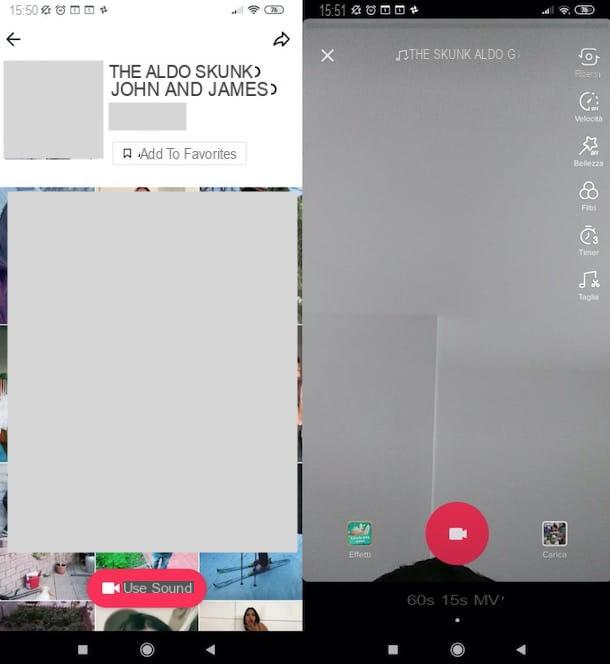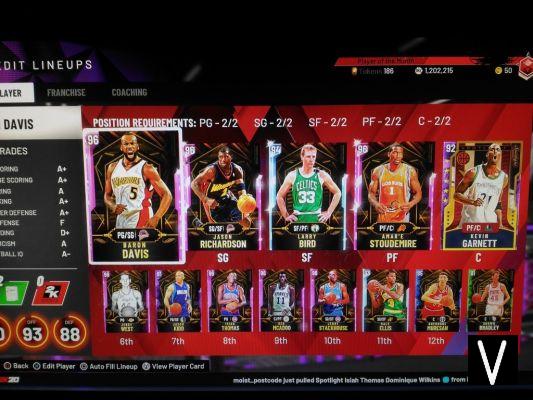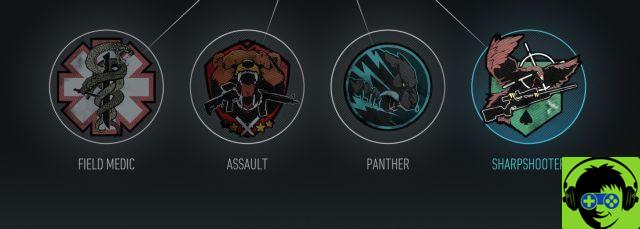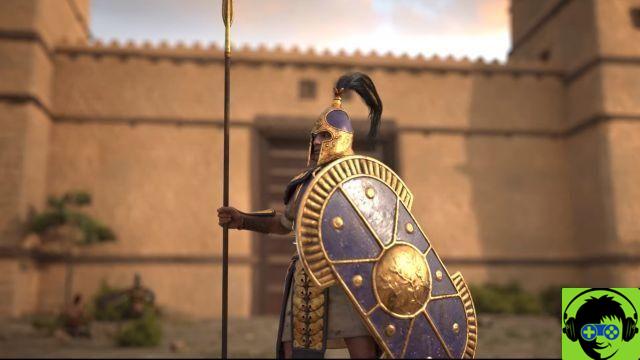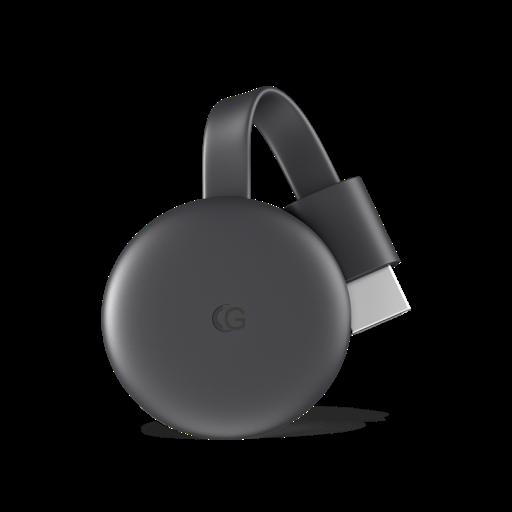
A little surprisingly, alongside the presentation of Android 4.3 in San Francisco, a new gadget studied in Mountain View also appeared: Chromecast is an HDMI dongle , that is a gadget in the shape of a USB pen to be connected to one of the ports that is usually found behind (or on the side) of the high definition LCD screens that are increasingly found in living rooms and bedrooms even in Italy. Its price, just $ 35, instantly made it a best seller: in a few hours, Amazon's stocks were drained.
What is Chromecast. Chromecast is nothing more than a receiver of a signal, in particular a WiFi signal , which allows you to show content on the TV that in theory can only be found on PCs or other devices such as tablets and smartphones. Chromecast does not need an operating system proper (it mounts a simplified version of Chrome OS), it does not have a user interface, it is simply a bridge: contents from the Internet pass through the dongle and can be viewed and listened to in the living room. . Unlike other products such as Apple TV, it does not offer the possibility to rent or download content: it can only act as an intermediary for activities carried out elsewhere.
The strengths of Chromecast. Obviously, first of all, the price: dollars 35 they are a fraction of what an Apple TV costs (in the US $ 99), a fraction of what other competitors cost and above all a fraction of what a Google TV device costs (goes?). Another strong point is the adoption of WiFi as an exchange channel: as long as you use a PC with Chrome on board, an Android or (soon) iOS terminal connected to the same wireless network, you can share the contents displayed. For example YouTube has already introduced a "CAST" mode among the viewing options. In the US there is also Netflix already a partner of the product, and even Google offers 3 months free subscription to the service to test its functioning.
Secondly, ease of use : in theory it should be possible to send the content from the PC or tablet to the TV in an almost transparent way, and then continue to do something else (the dongle negotiates with the other device to take over the management of the displayed content and continue to show it in autonomy). At that point you can ignore the starting device, or use it to chat with friends or surf. Just a few clicks or taps, then, to return to the control app and adjust volume and playback. Furthermore, if there are multiple users connected to the same Chromecast, they can for example create shared YouTube playlists: a bit like the Nexus Q should have done.
Weaknesses of Chromecast. Although Google says that you just need to connect the device to the TV to use it, without wires, the reality may be different. The need to use this device could arise especially for those who have a flat screen that is not very recent or the latest, and therefore does not have a native network connection: in this case, connecting the unit to the TV may not be enough, since it is not certain that the version of the HDMI port present is capable of delivering enough energy to make it work. In this case it is necessary to supply energy either through a USB port on the TV itself, or through an external charger provided. Goodbye to the "wireless" slogan. And then you have to make sure that the home WiFi network is there, arrives with enough signal to the dongle, and there is enough bandwidth for streaming.
Again, it's a $ 35 device and does what you'd expect from a $ 35 device: no marketplace for content, no advanced functions for sharing the screen or what is shown on the PC or tablet. It's not Apple's AirPlay, so to speak. To work, it requires those who create the apps and services to study and integrate the specific SDK, exactly like AirPlay: with the difference that Apple TV, the Cupertino hobby, has already placed several million devices in the living rooms, and instead Chromecast it has to start from scratch. This will certainly not be the main problem, given the price and the pervasive diffusion of Android devices, but it is a factor to be evaluated: above all because it will be necessary to consider that one of the main marketing factors in the USA will be Netflix, which allows you to see blockbusters on home screen while in the rest of the world, specific agreements will have to be made with potential partners providing the content (assuming they exist).
Overall, a couple of things can be said about Chromecast. The first is that it probably marks the end of the Google TV adventure: it is no coincidence that on stage there were the same Big G managers who had developed and launched that product at the time, and who may have learned their lesson and changed their horse in this juncture. The second is that Google needs to find new ways to convey content to other screens (to acquire other advertising spaces and grow, to the detriment of competitors such as traditional TV channels): given the commitment, including economic ones, on YouTube, Mountain View may have decided to invest in this initiative to also attempt the path of the media company. To the buyers the arduous sentence.
Luca Annunziata
What is Google Chromecast and what it is used for



